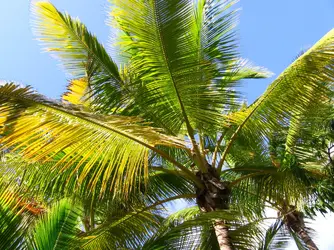lostartist
TPF Noob!
- Joined
- May 20, 2014
- Messages
- 4
- Reaction score
- 0
Sorry to post another camera-recommendation thread. I know nothing about cameras, but I DO know a good reference photo when I see one. I need a camera to take excellent reference photos for my paintings. $200 or less, BUT I would buy used (so long as in perfect working condition). Image quality for the price is my main priority. I can live with a camera that is hard to use or complicated to learn, if it has low battery life I will buy extra batteries, and I don't care if it can fit in my pocket. Image quality. I need a camera that doesn't produce much noise and captures colors and lighting beautifully. Must be quick as I want to take candid shots of people. I DO want to take some night shots and lots of low light shots.
I liked the sample images of the powershot 330 on photographyblog.com, when compared to other similar cameras on the same site (Canon IXUS 255 HS Review | PhotographyBLOG). and it used to be under $200........... but they must have recently discontinued the camera because the price went up. I can still find it for $200, but now I'm thinking there might be better options for $200? I became interested in the Pentax Q because of the interchangeable lens + good reviews, but did not like the sample photos posted on photographyblog.
I just want someone to make this decision for me! I do not have enough knowledge to make this decision. Is the powershot 330 at $200 a good choice? Or would I be better off getting something like the pentax Q that I could someday buy a better lens for? Or something else?
Any help/advice would be much appreciated!!
I liked the sample images of the powershot 330 on photographyblog.com, when compared to other similar cameras on the same site (Canon IXUS 255 HS Review | PhotographyBLOG). and it used to be under $200........... but they must have recently discontinued the camera because the price went up. I can still find it for $200, but now I'm thinking there might be better options for $200? I became interested in the Pentax Q because of the interchangeable lens + good reviews, but did not like the sample photos posted on photographyblog.
I just want someone to make this decision for me! I do not have enough knowledge to make this decision. Is the powershot 330 at $200 a good choice? Or would I be better off getting something like the pentax Q that I could someday buy a better lens for? Or something else?
Any help/advice would be much appreciated!!



![[No title]](/data/xfmg/thumbnail/39/39286-ae386da044402acf92e55d8b68c26af3.jpg?1734173253)

![[No title]](/data/xfmg/thumbnail/39/39443-45e1b162b6c7c1d8ebbc8faf5623b705.jpg?1734173533)







